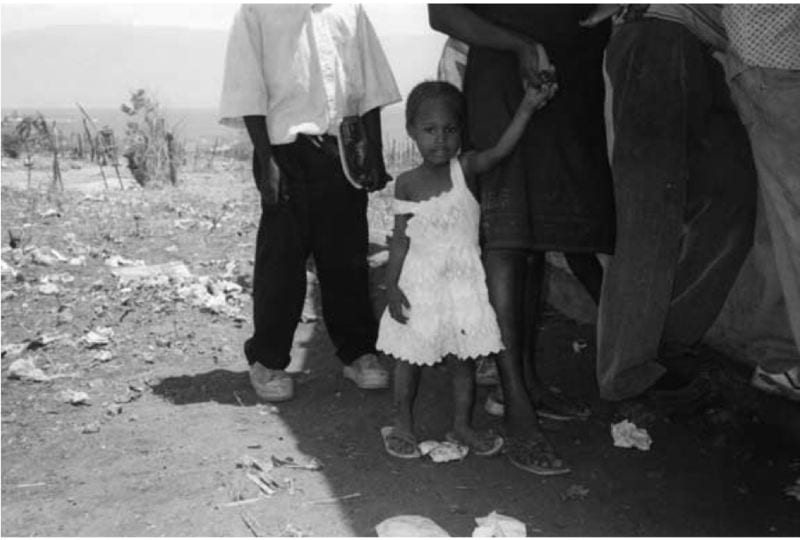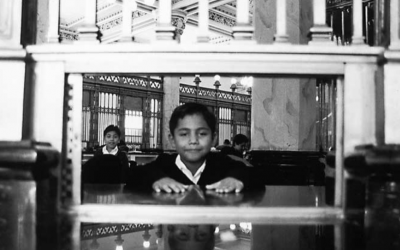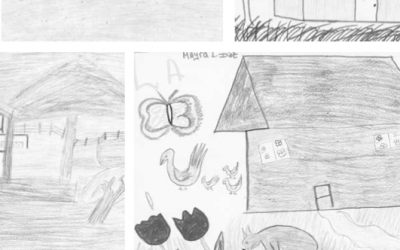Living on the Border
What the Camera Captured in Barahona

Scenes from Barahona: the streets have become both home and playground for children. Photo by Daniela Helen Tartakoff
One out of every three children is an orphan here. The non-profit Proyecto Para Ninos Huerfanos, Inc. on the outskirts of Barahona, Dominican Republic, is both a street outreach program and orphanage. Since 1984 the project has worked with the street children of barrio Palmaritos as well as with the children of two rural mountainous regions close to the Haitian border, the Montenita and Griteria. The project feeds approximately 150 children at each site daily, provides rudimentary medical attention to those in need, and coordinates a school where basic math and reading skills are taught. The majority of the children have poor parents who are unemployed or don’t have enough money for food.
This summer, I worked at the project, teaching both children and adults. I witnessed the unspeakable plight of a people’s struggles with profound poverty and meager resources. In this desert-like southwestern corner of the Dominican Republic, salt mines and a large sugar refinery serve as the primary sources of employment. A significant Haitian population has drifted into the area, driven to cross the border as a result of political unrest and a fight to survive against all odds. Teaching math and reading to the children at the Montenita and Griteria, teaching English to interested adults in the barrio, and coordinating an arts program for the street children of Palmaritos was a powerfully humbling experience.
Silenced by the profundity of every individual’s story, I strove to enable these kids to foster their own creativity through their artwork, their games, and their own narrative accounts. In a place with such few resources, chalk and rope became the most useful and versatile of supplies, whether for teaching, playing, or creating.
The streets have become both home and playground for hundreds of poor and orphaned children in the barrio Palmaritos. Few of the children attend school regularly. I hope to return to this site in the years to come and establish a structured arts program to get these children off the streets, continue to shape dreams together, and create new avenues of discovery in their lives. The accompanying photographs speak for themselves—the willingness of these people to open themselves to the camera carries an unparalleled outcome. These individuals want their stories to be remembered and heard. Hopefully a small photo project like this one can begin such an account.
Winter 2004, Volume III, Number 2
Daniela Helen Tartakoff is a senior VES concentrator in Eliot House and co-founder of the REACH program that serves children with special needs in Greater Boston. She hopes to pursue studies in Social Work and Public Health and eventually work with disadvantaged youth, primarily through the arts. She received a DRCLAS summer research grant to conduct her photography project.
Related Articles
Editor’s Letter: The Children
A blue whale spurts water joyfully into an Andean sky on my office door. A rainbow glitters among a feast of animals and palm trees. Geometrical lightning tosses tiny houses into the air with the force of a tropical hurricane.
Centroamerica
Cuando Pedro Pirir, fue despedido del taller mecánico donde trabajaba desde hacía muchos años, experimentó una sensación de injusticia y pena que luego se transformó en una voluntad…
Irregular Armed Forces and their Role in Politics and State Formation
As I sat in heavy traffic in the back of a police car during rush hour in the grimy northern zone of Rio de Janeiro, I studied the faces of drivers in neighboring cars, wondering what they thought of…




